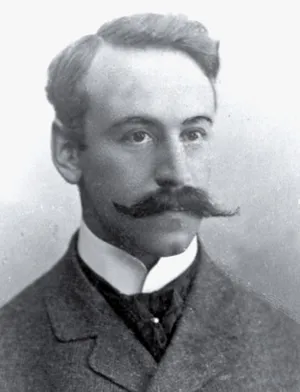
No home medicine cupboard is complete without a packet of Aspirin. The drug-properly known as acetylsalicylic acid, Aspirin being the trade name invented for it in the 1890s by the Bayer Drug Company of Germany. More than 45,000 million Aspirin tablets are swallowed every year in the USA, and well over 700 million in Britain. The world as a whole gulps down about 123,000 million Aspirins a year-an average of around two pills a month for every man woman and child on the planet.

The drug's origins go back to 1758 when an English clergyman, Edward Stone noticed that the bark of the willow tree had a peculiarly bitter flavour, very similar to that of 'Peruvian bark'. Peruvian bark, obtained from the South American cinchona tree, contained quinine and had been used since the 1640s to bring down fevers and to treat malaria. When Stone obtained some pulverised willow bark and tested its properties. he found that it was also extremely effective in reducing high temperatures and dealing with rheumatic aches and pains.

In 1763 Stone presented his findings to the British Royal Society, but though he could show what effects the crushed willow had. He could not say what part of the bark caused them. This had to wait until 1826, when two Italian chemists, Brugnatelli and Fontana found that the active chemical in the bark was salicin the central ingredient of the modern pill.